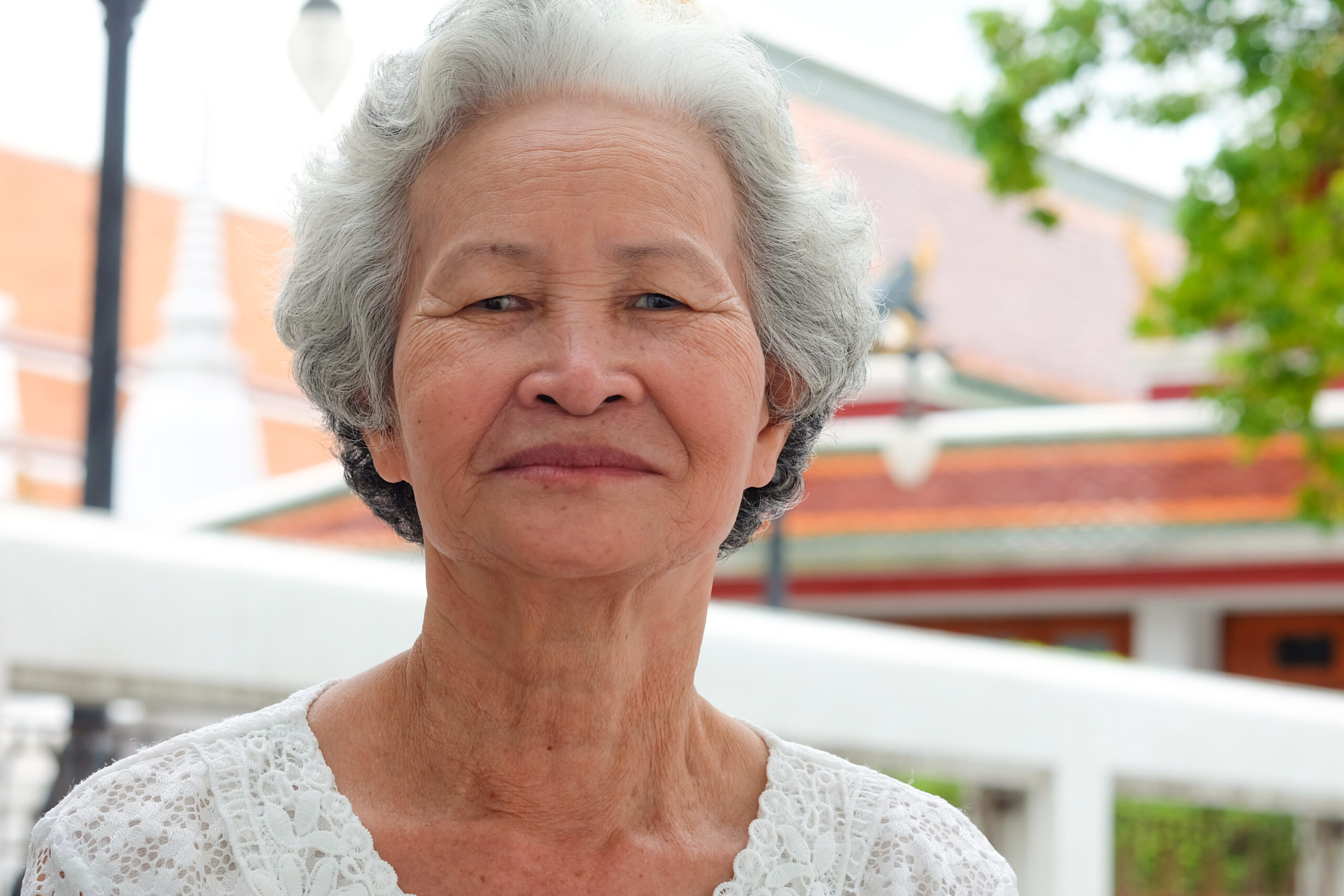Once upon a time in the quiet corners of lingerie history, the mastectomy bra sat tucked away, functional, hidden, and almost apologetic in its presence. But no more. Today, this mighty undergarment has taken its rightful place on the fashion stage—not just as a medical necessity, but as a symbol of resilience, reinvention, and radical self-love.
So, how did we get here?
Let’s pull back the lacy curtain and take a colorful stroll through the evolution of the mastectomy bra—from quiet beginnings to a fierce, fashion-forward movement.
The Quiet Start: Post-War Utility
The story of the mastectomy bra begins with a whisper rather than a roar.
In the early 20th century, breast cancer was spoken of in hushed tones, if at all. Mastectomies—though life-saving—left many women grappling with both physical and emotional scars. There were no special bras, no adaptive designs, and definitely no marketing campaigns celebrating post-surgery bodies.
Following World War II, medical advancements brought more widespread breast cancer diagnoses and treatments. But with survival came a new, overlooked need: dignity in dressing.
Enter the earliest mastectomy bras. Think soft cotton cups, tiny sewn-in pockets for rudimentary prostheses, and beige—so much beige. They were functional, sure. But empowering? Not quite. Comfort was prioritized, but beauty was a distant afterthought.
The 1970s: Feminism and Function Collide
As second-wave feminism surged, women began demanding more from their bodies—and the industries that shaped them. The 1970s brought not only disco balls and flared jeans but also a pivotal shift in how post-mastectomy fashion was approached.
Medical garment companies began collaborating with breast cancer survivors, asking: What do you actually want to wear?
For the first time, mastectomy bras began to resemble real lingerie. Think lace trims, gentle colors, and better-constructed prosthetic pockets. It was a decade of listening and learning.
Most importantly, women started talking—on talk shows, in magazines, and in support groups—about their experiences. And where there is conversation, innovation follows.
1980s–1990s: Enter the Innovators
The ’80s and ’90s saw technology explode—and the world of mastectomy bras wasn’t left behind.
Silicone breast forms became lighter and more lifelike, allowing bra designers to create sleeker, more tailored undergarments. Companies like Amoena, founded in 1975 but gaining traction by the ’80s, led the charge with bras that didn’t just serve a function but celebrated femininity. They introduced features like wider straps for support, seamless cups to avoid irritation, and symmetrical pockets so women could choose what worked for them.
Suddenly, mastectomy bras weren’t just about what was lost—they were about what was possible.
2000s: Fashion Wakes Up
As the new millennium dawned, the fashion world started paying serious attention to inclusivity. Mastectomy bras went from niche medical product to boutique-worthy essentials.
Designers began collaborating with survivors, including breast cancer thrivers who wanted to reclaim sensuality on their own terms. Brands like AnaOno, founded by Dana Donofree—a breast cancer survivor herself—brought real runway energy to the game. Their lingerie lines featured bold prints, plunging necklines, and bralettes so chic you’d forget they were post-surgery wear.
Suddenly, you could have both: fierce fashion and fierce healing.
Today: Empowerment in Every Thread
Fast forward to today, and the mastectomy bra is not only functional and flattering—it’s fabulous.
There are now bras for every personality and need. Sports bras with prosthetic pouches for active warriors. Soft-cup sleep bras for comfort-first days. Wire-free, underwire, front-closing, racerback, lacy, minimalist—there’s no limit.
And they’re not just for those who’ve had mastectomies. Many designs cater to lumpectomy patients, flat-chested folks, or anyone choosing a nontraditional body narrative. Gender-neutral post-op bras are on the rise too, with inclusive sizing and branding that celebrates all forms of beauty.
Even better? Insurance is increasingly required to cover mastectomy bras under durable medical equipment categories—putting stylish, supportive choices within financial reach.
More Than a Bra: A Revolution in Lace
The mastectomy bra has transformed from a symbol of loss into a banner of power. Each stitch tells a story of survival, self-discovery, and style.
Today’s mastectomy bras challenge outdated notions of what post-cancer bodies “should” look like. They scream: You are beautiful, exactly as you are.
And the industry isn’t slowing down. With more survivor-led brands entering the market, more representation in fashion campaigns, and a growing call for body diversity, the future looks bright—and lined with satin and lace.
Ready to Explore?
Looking to dive into the world of empowered post-op lingerie? Here are a few standout brands making waves:
- AnaOno – Fierce, fabulous, and founded by a survivor.
- Jodee — A stalwart company supporting breast cancer survivors for over 50 years.
- Prairewear — A unique and resilient design.
The mastectomy bra is no longer hiding in the shadows. It’s front and center, bold and beautiful—just like the women who wear them.
